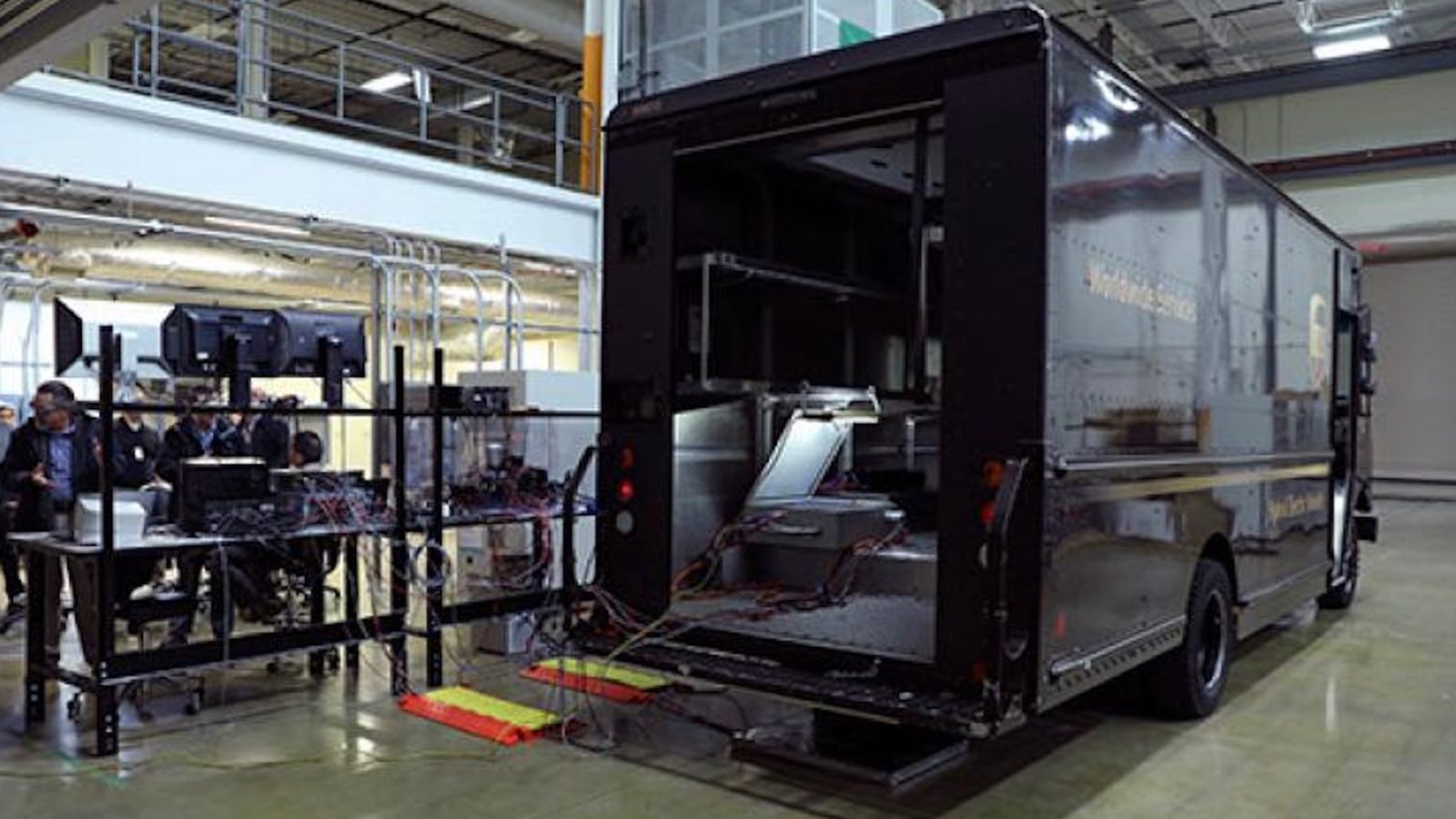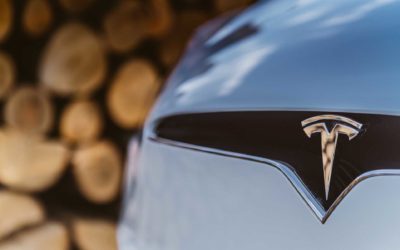[ad_1]
Wireless charging for passenger cars has been slow to take off, but a recent demonstration shows the potential of the technology for commercial trucks.
The United States Department of Energy’s Oak Ridge National Laboratory (ORNL) announced in a press release Tuesday that, in February, it had demonstrated a 20-kilowatt bi-directional wireless charging system on UPS hybrid delivery trucks.
The system transferred power between a wireless charging pad and the truck with more than 92% efficiency, ORNL said. That was achieved with an 11-inch air gap between electromagnetic coupling coils in the truck and charging pad.
At the 20-kw level, it would take about three hours to fully recharge the truck’s 60-kilowatt-hour battery pack, according to ORNL. Conventional charging cables would take five to six hours using the vehicle’s built-in charging system, ORNL said.
The bi-directional nature of the system means vehicles can also be used for energy storage, ORNL noted, discharging power from their battery packs into the grid when needed. This arrangement has been tested multiple times over the years, but utility regulations would likely need to be changed before any commercial application.

ORNL wireless charging demonstration
The demonstration builds on previous research with higher power, but less distance between coils. In 2018, ORNL transferred 120 kw with a six-inch gap—about the same as the average ground clearance of a passenger car.
Wireless charging is commonly misunderstood as inefficient, but in some applications it could prove more efficient than cables because there isn’t so much energy lost to heat over the length of the cable.
Commercially-available wireless charging systems exist, but are fairly uncommon.
BMW announced wireless charging for the 530e plug-in hybrid, while Mercedes-Benz began offering it as an option on its S-Class plug-in hybrid. The Mercedes-Benz system is due in the U.S. but hasn’t yet arrived.
Plugless Power has offered an aftermarket system compatible with multiple electric cars—including the Nissan Leaf and Tesla Model S—for several years.
[ad_2]
Source link
2020-04-27 13:30:00
feedback@highgearmedia.com (Stephen Edelstein)
[author_name]:author name
https://www.greencarreports.com/news/1127954_wireless-charging-demo-for-trucks-20-kw-across-11-inches-92-efficiency
https://www.greencarreports.com/news/1127954_wireless-charging-demo-for-trucks-20-kw-across-11-inches-92-efficiency
www.greencarreports.com





0 Comments